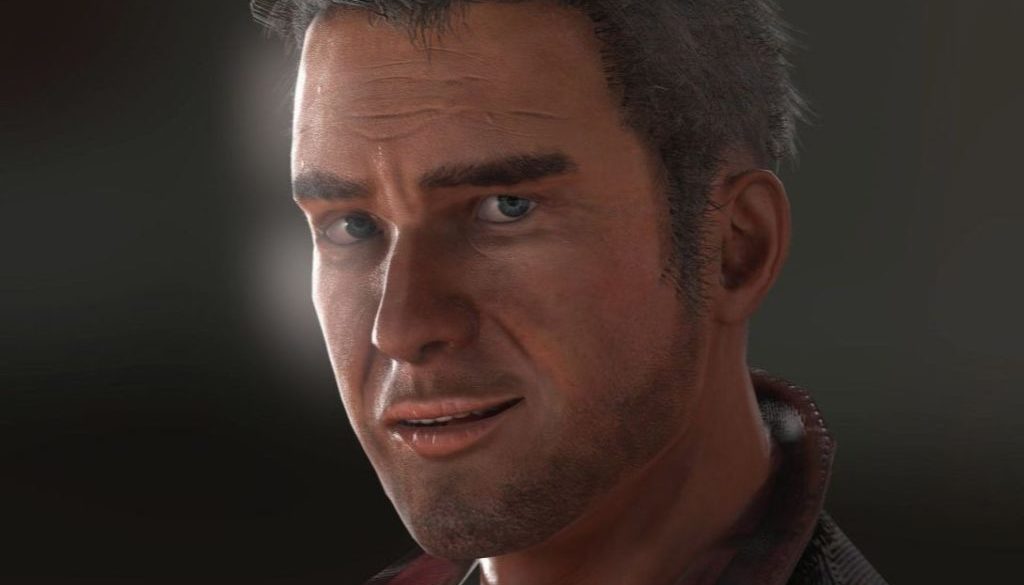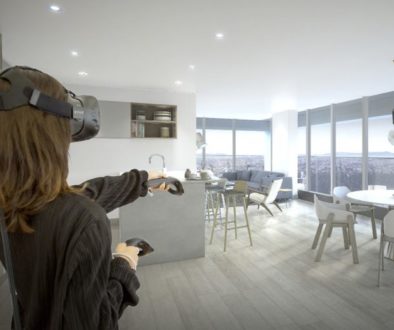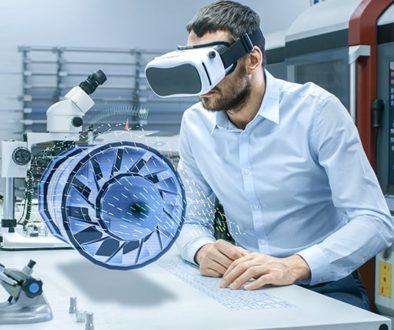How We’ve Generated 3D Characters for Virtual Reality Community
Today, more and more real estate companies understand that to get their businesses off the ground, they need transformation, implementing tech-forward solutions. The success of a real estate business largely depends on the advertising the company creates, and, of course, how they present their business to clients. That is why having VR experience is totally essential.
We at AVRspot started working on a VR experience for the suburb community to offer our client a handy tool to showcase a neighborhood that hasn’t been built yet. Our aim was to quickly design and generate high-quality 3D characters that would be optimized and compatible with the VR project.
In this article, you’ll find a story of how we created a set of 3D characters for the VR community in a relatively short period of time, aggregating best techniques in a simple and transparent way.
How we started
It may be common practice to use manual sculpting, unwrapping, texturing, skinning, rigging, and animation as the key techniques. Obviously, such an approach doesn’t allow generate a vast range of characters within a short space of time. In agreement with our client’s requirements, we were to generate a series of characters having a certain appearance, like skin color, eye shape, clothes, and style. So, to provide a more extensive range of 3D models and finish the project on time, we decided to build an approach that wouldn’t take long.
So, how to quickly generate high-quality 3D humans?
We’ve been using iClone, an easy to use real-time 3D animation tool that allows you to put together a 3D animation scene in minutes. One of the most distinct advantages of this tool is its broad animation spectrum of as well as convenience.
Using iClone we generated required 3D humans, yet we lacked clothing sets. That’s why we decided to take advantage of DAZ Studio and export clothes from there. Eventually, we’ve got characters and clothes as separate objects.
And only after having created those objects, we proceeded in combining already made elements, preskinning and integrating clothes into animation skeleton of the iClone characters.
Having used 3ds Max and Skin Wrap Modifiers we transferred skin weights to make clothes look more realistic and cover the body. To prepare characters for game engines, we improved merged models and imported them to Character Creator. We also added standard animation like running, smiling, waving etc. with iClone.
Already animated characters were imported and configured in Unity using humanoid avatars. In Unity, we used Final IK to create a realistic procedural system of animation that would organically interact with iClone animation.
Wrapping Up
As we go further with the Virtual Reality Community implementation, we will definitely write about project development on the blog. In case you are interested in the VR or have any comments or thoughts to share, please feel free to contact us. We greatly appreciate any feedback!
Related: How We Used Bezier Curve to Create VR Bike Experience




